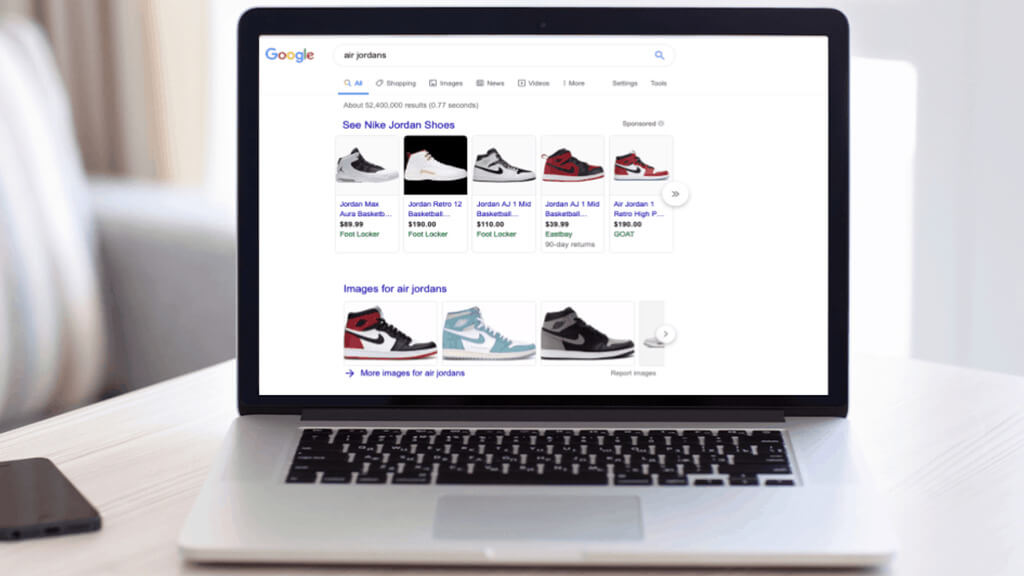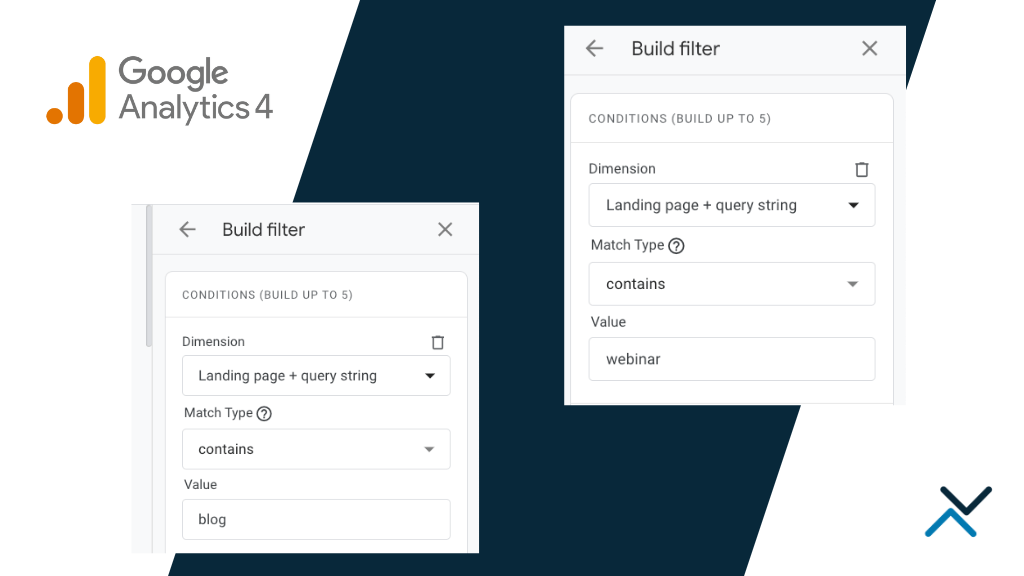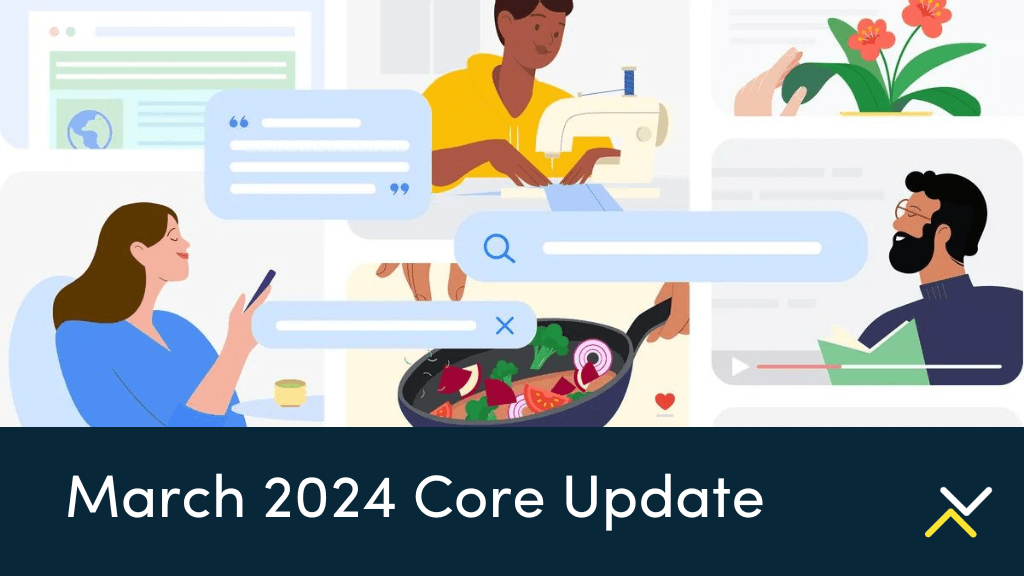With Black Friday and Cyber Monday already here, all of the hard marketing work is ready to pay off. Most marketers have been busy spending their time creating campaigns, aligning priorities, managing vendor relationships and establishing sales for the year’s two big shopping days.
As one of the most important shopping days of the year and the kickoff to the holiday season, it’s critical for marketers to use a well-rounded strategy to reach their customers and stand out from competitors. Strategies may be comprised of on-site promotional callouts, social media advertising, SEO, search marketing and offline, catalog driven marketing. In addition to this array of strategies, advertisers have been focusing their attention this year to fine tuning Google Shopping Campaigns.
What Is Google Shopping?
As part of the Google Ads suite of advertising essentials, shopping ads are the type of ad unit used by e-commerce brands and anyone selling products through Google. Instead of a standard text-based ad in Google search made up of a headline and description, product ads come to life through a product data feed that includes item titles, descriptions, thumbnail images and pricing information.
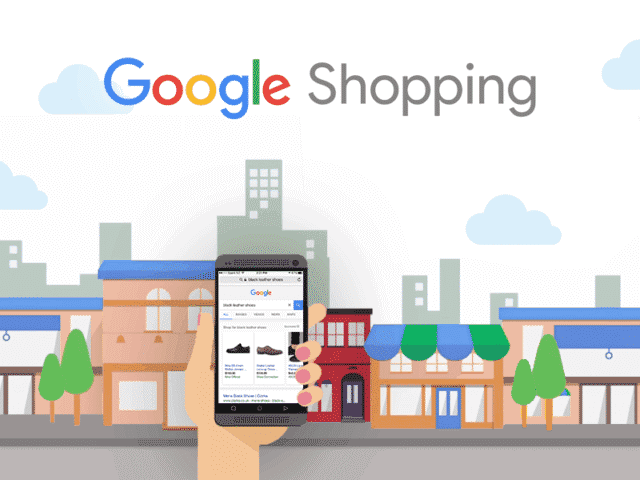
Google then uses these pieces of data to form a visual ad unit and allow advertisers to bid on various aspects (known as product partitions). Product listing ads (PLAs) are one of Google’s biggest revenue drivers and the company has invested heavily into the platform behind them. In fact, most advertising budgets are now outweighing standard text-ad budgets (for retailers).
There’s no doubt PLAs will be a major contributor to Black Friday sales this year for the biggest brands in e-commerce. And while they are big revenue drivers, the process and optimizations that go into a PLA strategy can be complicated.
Here are ten tips to consider for your Google Shopping campaigns this holiday season:
1 – Automate Data Feeds
As mentioned, PLAs are based entirely on a product data feed. It’s critical for advertisers to have a clean feed of their product information to submit to the Google Merchant Center. Because inventory and pricing may change on a daily basis, advertisers need to submit this information to Google every day and will want to automate as much as possible. Instead of managing a sheet of product data through Excel or Google Sheets, determine a way to automate a product data feed from your e-commerce platform (Magento, Salesforce Commerce Cloud, Open Cart, etc.).
2 – Use SEO Research for Titles & Descriptions
In the same manner we would want to optimize titles and descriptions to attract visitors from organic listings in Google, we also want to make product titles and descriptions easy to search. Use your knowledge of keyword research and search engine optimization to dial in your product titles and descriptions. Begin with your standard keyword research and fine tune the information using search queries from your Google Ads account. Google gives you an ample amount of characters to use for both titles and descriptions, so be sure you fill in the data accordingly.
3 – Use As Much Data As Possible
Google loves data and will reward you for including an excess of product information. The Merchant Center has a standard of which attributes are allowed, however, you may use additional attributes in titles and descriptions with your own product information. Consider including multiple color variants, finishes, materials, sizes and anything else relevant to how consumers find your products. As you use more and more data, you’ll begin to notice your products show for long-tail queries.
4 – Leverage Automation in Google Ads
While it is a more advanced strategy, you may leave the heavy lifting of your PLAs to Google’s machine-learned automation. Google Ads offers tactics like target ROAS (tROAS), target CPA (tCPA) and enhanced CPC. These bidding types allow Google to take advantage of your conversion data for bid optimizations, while leaving you more time to focus on the overall strategy with your campaigns. Automation has been proven to provide as much as 3x returns on ad spend and is well-researched by Google’s top engineers.
5 – Split Campaigns by Device
For some advertisers, this recommendation is a given. Depending on your type of business and the products you sell, PLAs may be more profitable on one device over another. This makes it vital to manage bids for specific devices (mobile, tablet and desktop) and the easiest way to do so is through separated campaigns.
For example, while managing product listing ads for a retailer of light fixtures and furniture, we found it was necessary to separate campaigns by mobile and desktop to focus the majority of the ad spend on desktop where conversions were taking place. Evaluate your current traffic and conversions before taking action on this particular recommendation.
6 – Use a Feed Management Tool
In addition to automating your daily product data feed from recommendation #1, you’ll also find a lot of benefit from using a data feed tool. Instead of making attribute-level changes in an Excel sheet or through Google Sheets, data feed management tools work to make things easy. Using common structured query language, these tools allow advertisers to update titles, descriptions and other attributes in a matter of seconds. There are a lot of tools on the marketplace today and we recommend either Feedonomics or GoDataFeed. While these tools do require a costly monthly subscription, you’ll notice the benefit immediately.
7 – Use Remarketing Lists
Google introduced remarketing for PLAs back in 2015, yet many advertisers have not taken advantage of this feature. With remarketing lists, advertisers are able to show product ads to customers already in their conversion funnel, increasing the chances of conversion. Most marketers will establish lists for Viewed Product (anytime a visitor reaches a PDP), Add to Cart (anytime a visitor places the product in the cart), Abandon Cart (anytime a visitor exits the site after placing a product in the cart) and Checkout (after the visitor completes the purchase of the product). Here, advertisers can add bid modifiers to the lists where they might be losing customers.
8 – Optimize Ad Scheduling
Use Google’s ad scheduling to show your ads at the right time of the day. After evaluating when shoppers are most likely to interact with your product ads, leverage bid modifiers to increase or decrease your product’s visibility. If your business struggles to convert shoppers in the middle of the night due to one reason or another, try limiting how often ads show with negative modifiers. Of course, when it comes time to run ads for Black Friday, Cyber Monday or another popular sales period, avoid restricting your ads from showing. You’ll want to maintain as much visibility as possible during these timeframes.
9 – Use Campaign Priority Settings
Although it’s not an advanced PLA strategy by any means, advertisers can use priority settings in a strategic manner for their campaigns. By default, shopping campaigns receive a low priority setting and advertisers have medium or high options. Try using priority settings for query funneling to really dial in your traffic. Drive generic queries to high priority campaigns, branded traffic to medium priority campaigns and your most profitable traffic to low priority campaigns.
10 – Don’t Forget About Bing
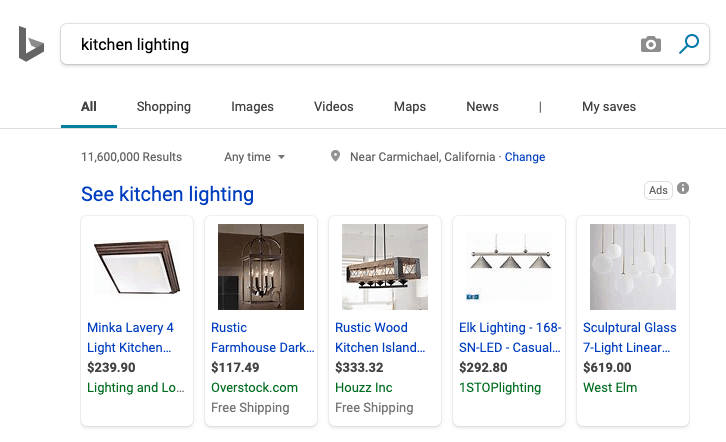
Although Bing has much less search traffic compared to Google, you can still pick up conversions through Bing product listing ads. The platform is similar to Google Ads for shopping campaigns and is based on a product data feed.
You may restrict certain elements of your feed in Bing or replicate your entire Google strategy to see what works best for its search users. Carefully monitor the search queries coming through and optimize campaigns to produce the best results.
Wrapping It Up
Use a combination of these ten tips to dial in your product listing ad campaigns for this holiday season and beyond. While there is always more to do with any type of digital marketing, these tips can really give your campaigns a head start. Remember to continuously optimize campaigns based on your products, search queries and campaign types, improving revenue and ROAS over time.
The PLA landscape changes frequently and it can’t be a set it and forget it type of digital strategy. Most importantly, test new things with the channel, figure out what works best for your brand and move forward.


